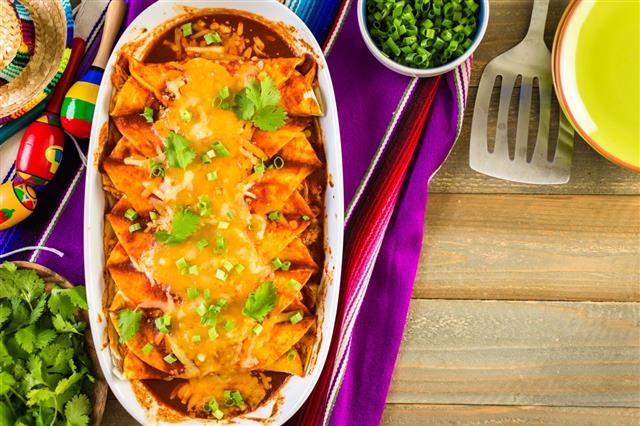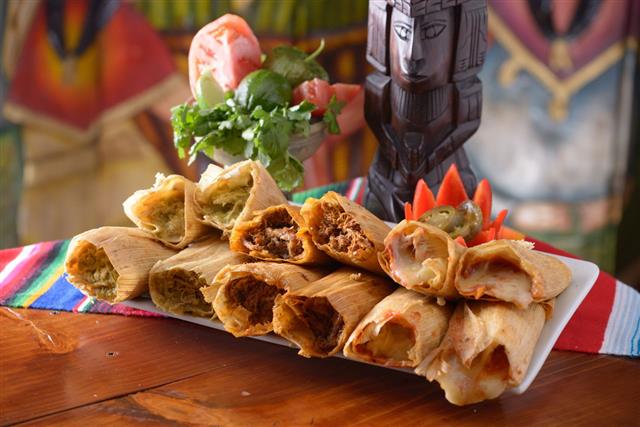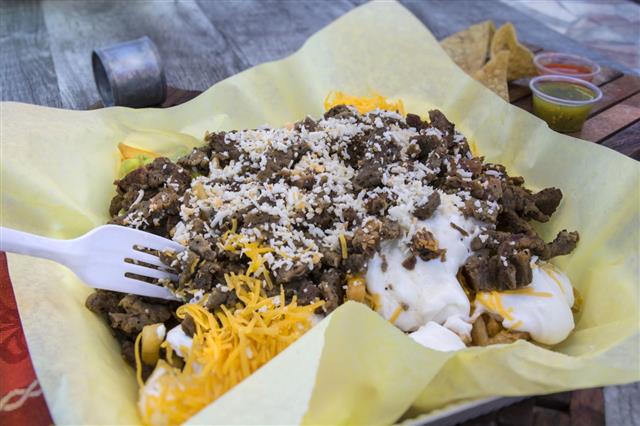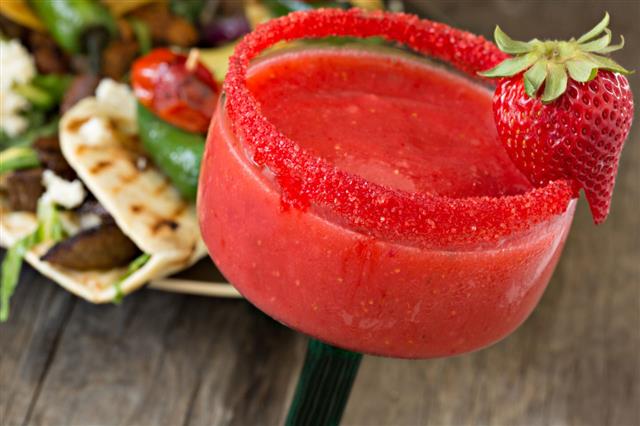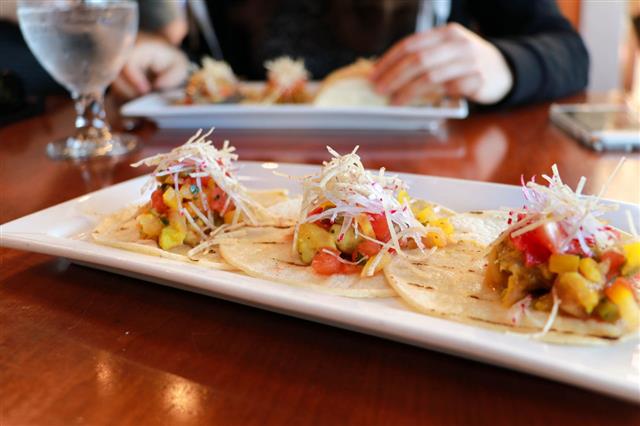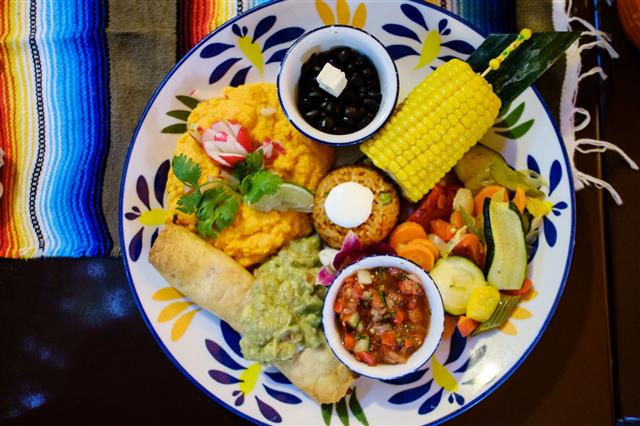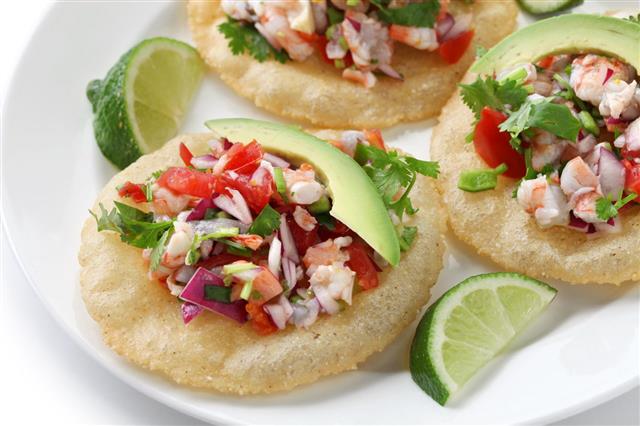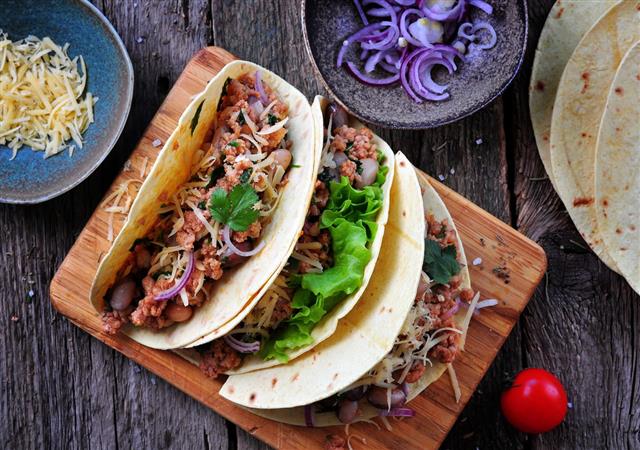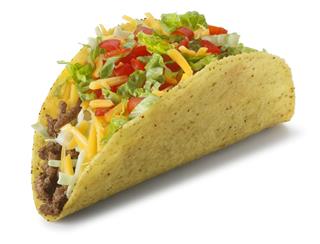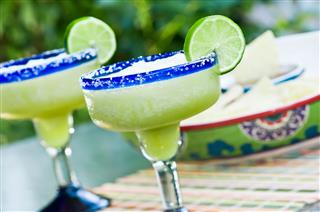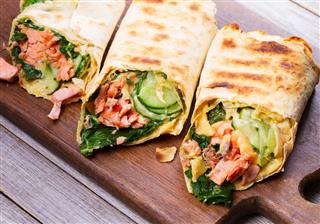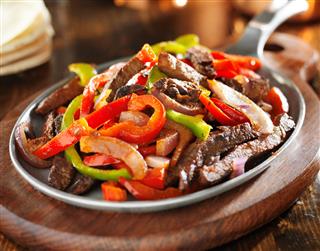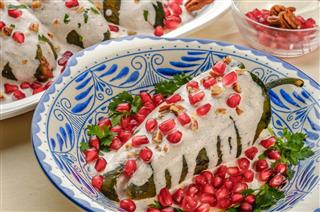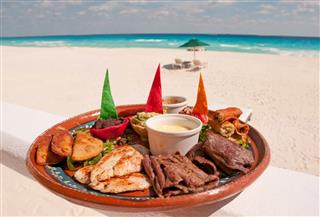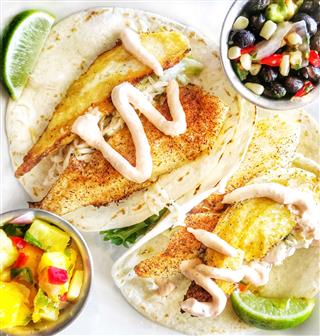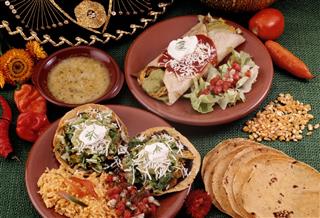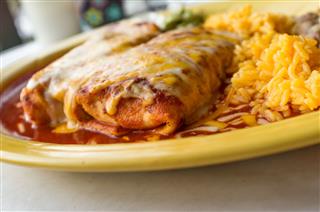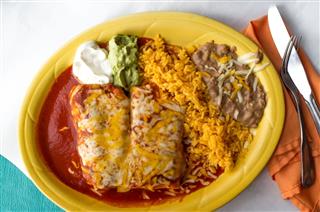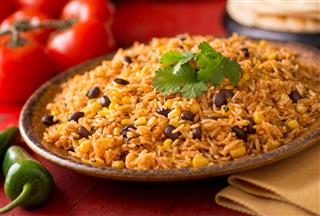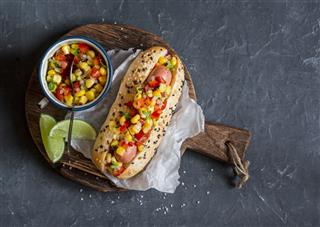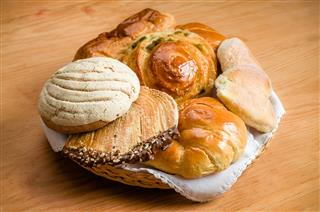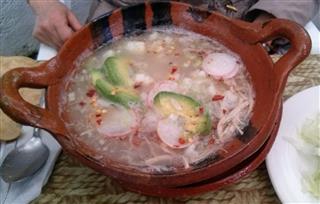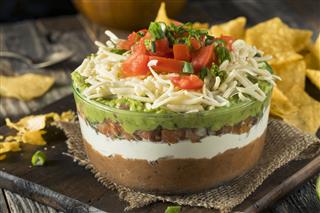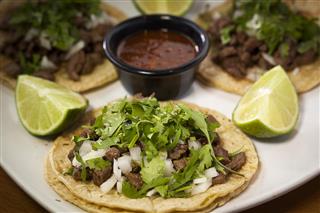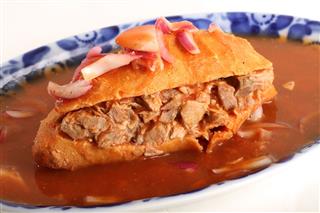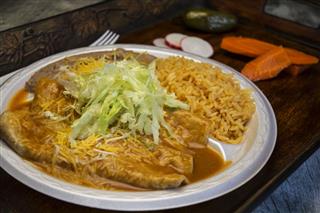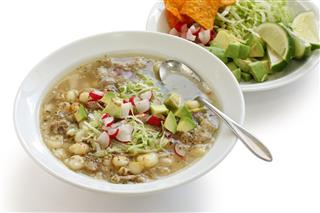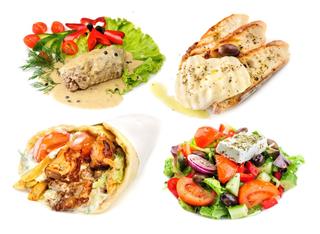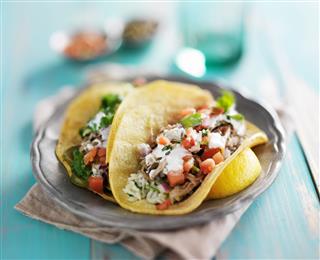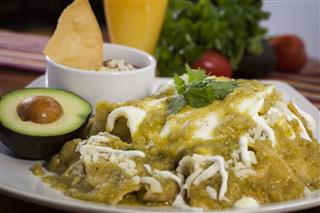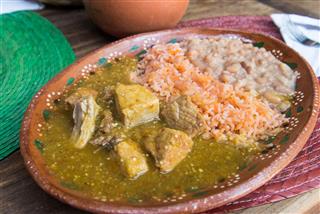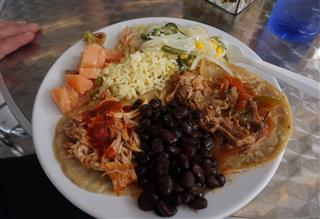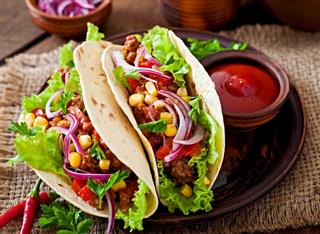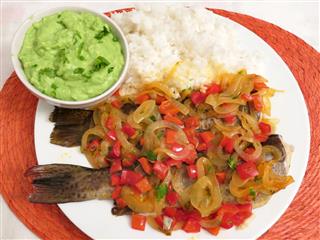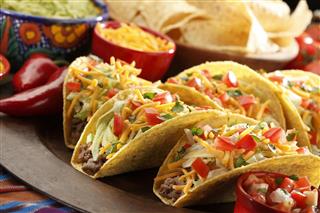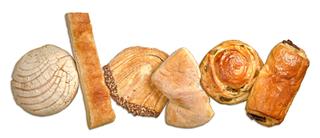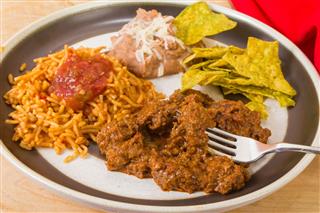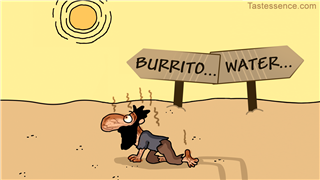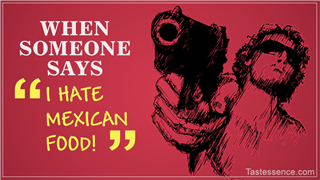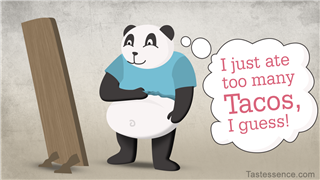
Right from the times of the Mayans, with some strong influence from Spanish conquistadors, Mexican food culture has evolved into a unique blend of contemporary and timeless cuisine.
Did You Know?
The national dish of Mexico is ‘Mole Sauce’; a sauce whose main ingredients are, onion and garlic combined with exotic spices and herbs like black pepper, cumin, cloves, chilly, tomatoes and ground nuts or sesame seeds stewed with chocolate or dry fruits.
The deep connection between the heritage and culture of a place and its food is undeniably one that lends some credence to the saying ‘What you eat is who you are’. For us laymen to deduce a country’s identity by studying what their culinary habits are seems a little far fetched, but believe it or not, there are plenty of experts and analysts who have dedicated their lives to studying this correlation. Mexican cuisine stems from a long and varied history and throws a lot of light on some of the turbulent times this culture has had to face.
Mexican food and culture has had a long standing symbiotic relationship of sorts that adds tremendous personality to the study of this fascinating race. The study of Mexican history and its culinary culture goes hand in hand, and it would be a fairly tough endeavor to carry out one without the other. The origins of Mexican cuisine can be traced back to the Mayan civilization, who firmly believed that the richness of food can enrich the spirit and body of a person through various sensory perceptions like taste, smell, and touch.
Traditional Mexican Meal
Traditional Mexican meals include a wide use of chocolates, peanuts, tomatoes, beans, and vanilla. Combining this with the specialty cuisines of European conquerors (namely the Spanish) including wine, cheese, pork, beef, and lamb, Mexicans have created a food culture that combines the elegance of folklore and the pragmatism of modernity. It is widely believed that Mexican food is extremely spicy, but this is true only to a certain extent.
History of Mayan Indians
Southeast Mexico was inhabited by the Mayan Indians many years ago, and their basic eating habits were based on the fact that they were primarily nomadic hunters by nature. As a result, they lived off the land and regularly consumed animals that roamed those lands during that time.
Food Culture of Mexican Mayans
Mexican food at the time simply consisted of the meat of rabbits, deer, raccoons, and armadillos. Birds were considered a delicacy and pigeons, turkeys, and quail were regularly devoured. Sometimes even frogs, snakes, and turtles would not be spared. These meat delicacies were perfectly complemented by land grown vegetables, corn, tropical fruits, and beans. Corn was a basic supplement, as it was widely grown in all the settlements of the Mayans, thus, becoming an integral part of the culture.
Mexican food and culture of this time aimed at complete nutrition and nourishment of the body by providing it with all the necessary minerals and amino acids.
Pre-Columbian Era
The immediate period before European conquest of the land was known as the pre-Columbian era in the history of Mexico. The diet at this time was also significantly influenced by entirely native ingredients.
Food Culture of Pre-Columbian Mexican Period
Corn, the staple diet of Mexicans, formed a part of all their meals in some manner. Along with corn, mushrooms also saw a surge in their popularity in the diet of Mexicans at the time. Meat products were always consumed with great vigor, and formed an integral part of Mexican food culture. The emergence of ‘chilly’ was a prominent event in the culinary preferences of Mexicans in the pre-Columbian era.
But then the Spanish conquistadors came along and changed everything.
The Spanish Era
The Spanish contingent arrived in Mexico in 1521 and altered the culture of food in the area completely.
Food Culture in Mexico After the Conquest
The Spanish brought with them the huge force of livestock which changed the composition of meat in the Mexican culture food completely. Along with these new sources of meat the Spanish also introduced various spices, garlic, rice, wheat, barley and wine to the Mexican culture. Just as the pre-Colombian era added an important factor of “chilly” to the Mexican cuisine, Spanish era gave the cuisine, the technique of frying which was never practiced before.
However, many experts have suggested that the influence of Spanish food may not have been as profound on Mexican food as has been assumed. This stems primarily from the huge differences between the personalities, attitudes, and environment of the two cultures.
Food Culture of Present Day Mexico
The long line of evolution of Mexican food has culminated in a very diverse range of foods being served in contemporary Mexican culture today. Combining the traditional and native ingredients, with the more modern ingredients of Europeans, Mexican food has found a unique character to it that cannot be replicated anywhere else in the world. There are minor discrepancies in tastes and preferences that do occur from region to region, but this is something that is perfectly understandable, and it happens in almost all countries across the world.
Mexican Beverages
Popular beverages that are consumed all over Mexico are atole, tejuino, pozol, hibiscus iced tea, horchata. While the first three are made from corn, hibiscus iced tea is made from, as the name suggests, hibiscus and horchata is made from rice. Along with these regular beverages, most common alcoholic beverages are beer and tequila.
Mexican Street Food
Mexico’s food culture is not, and can never be, complete without its street food. The unique yet varied food recipes available in Mexico has played an important role in the growth of Mexico as a tourist destination. The most popular and the best known street food delicacy is taco. Other recipes include, quesadillas, barbacoa, alambres, tamales etc.
The history of Mexican cuisine is as varied and rich as the history of the land itself. There are so many delicious and lip-smacking, finger-licking, recipes cooked all across the country, that to place them all in a single compilation would be a tough task. The constantly changing times and influences on the culture have led to many revolutions in the cuisine as well, and all this has lent a personality to the food culture that is truly unique in nature.
Considering its uniqueness, and its influence on cultural and social facets on Mexican society and the world, UNESCO, in 2010, inducted traditional Mexican cuisine to the Representative List of the Intangible Cultural Heritage of Humanity.
